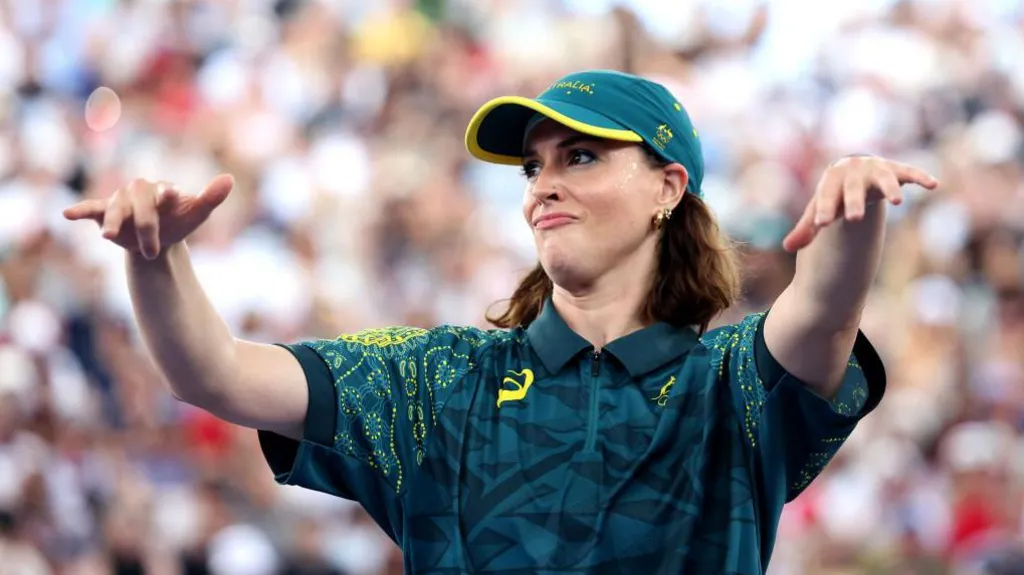The world of sports is witnessing a revolution as breakdancing, or “breaking,” makes its debut on the Olympic stage. With its inclusion in the upcoming Olympic Games, this dynamic and culturally rich sport is breaking records and challenging traditional notions of what belongs in the world’s most prestigious sporting event.
The decision to include breakdancing in the Olympics has been met with both excitement and skepticism. Supporters argue that breaking brings a fresh and modern element to the Games, appealing to a younger, more diverse audience. “This is more than just a sport; it’s a cultural movement,” one breaking enthusiast said. “The Olympics is the perfect platform to showcase the artistry and athleticism of breaking.”
The Olympic breakdancing competition, dubbed the “Raygun,” has already set new records for participation and viewership, with athletes from around the globe vying for a chance to compete on the world stage. The event has also sparked a surge in interest in breaking, with dance schools and competitions popping up in cities worldwide.
However, the inclusion of breaking in the Olympics has not been without controversy. Critics argue that the sport lacks the traditional competitive structure of other Olympic events and question whether it belongs in the same category as athletics, swimming, or gymnastics. “The Olympics should be about pure athletic competition,” one detractor commented. “While breaking is impressive, it doesn’t fit the Olympic mold.”
Despite the debate, breaking’s Olympic debut represents a significant milestone for the sport and its community. As it continues to gain recognition and popularity, breaking is poised to leave a lasting impact on the world of sports and the Olympic Games.


